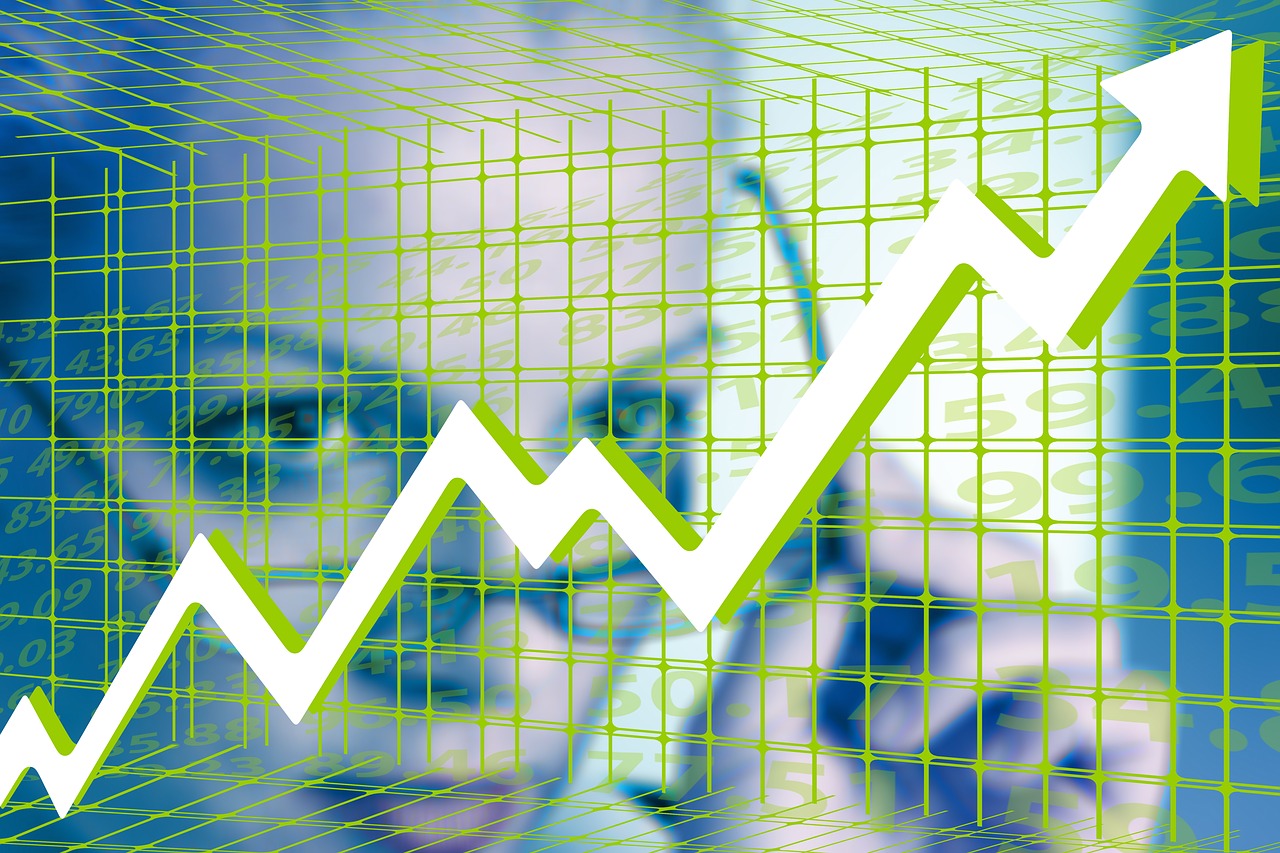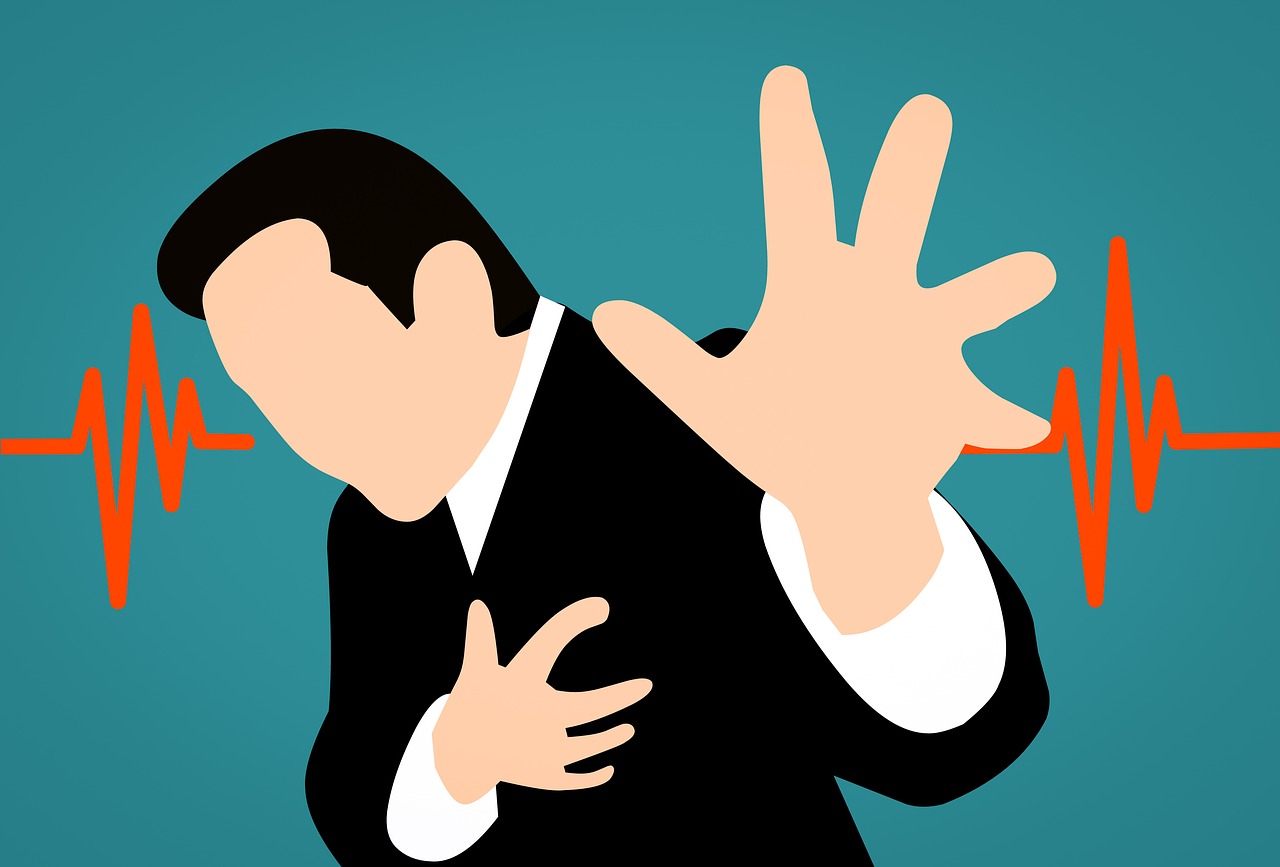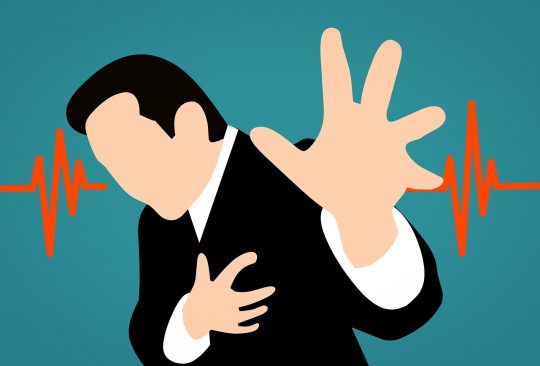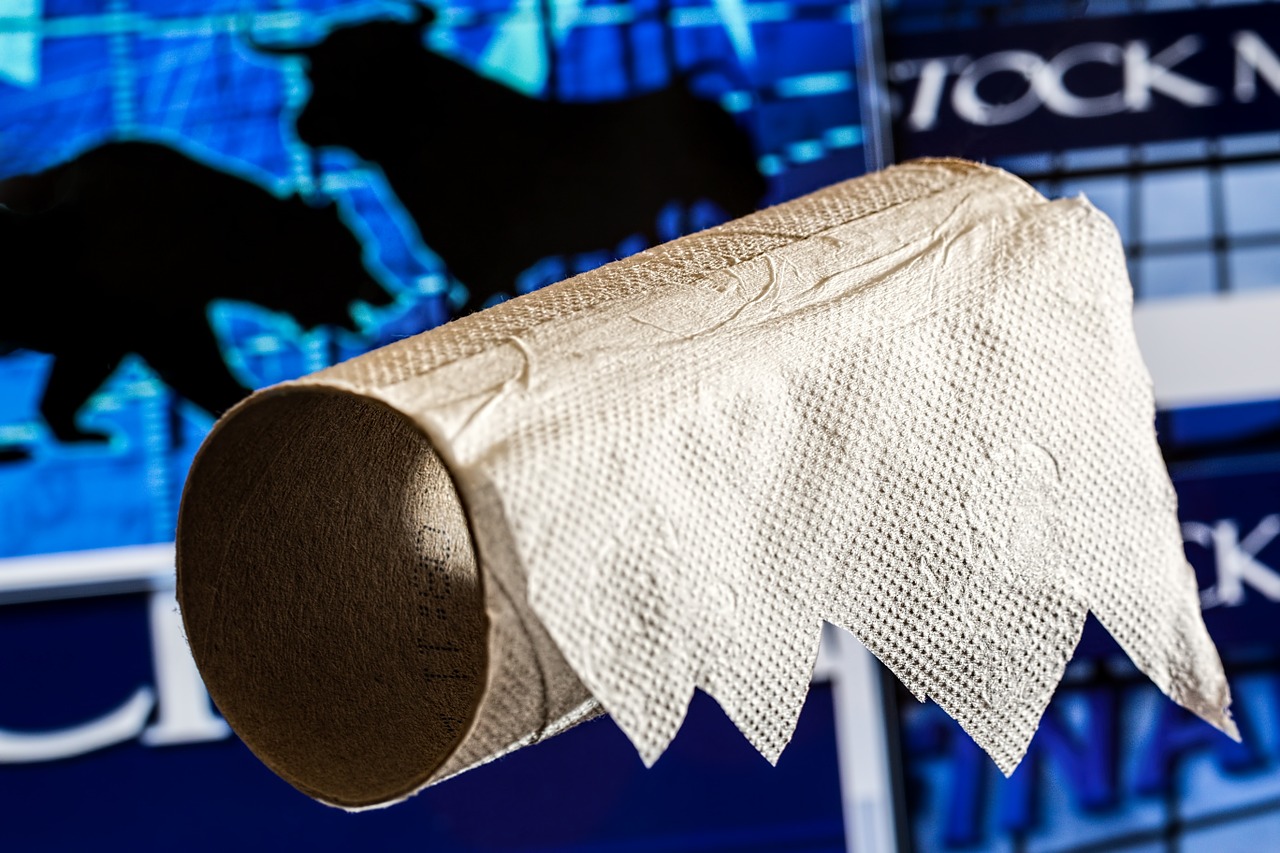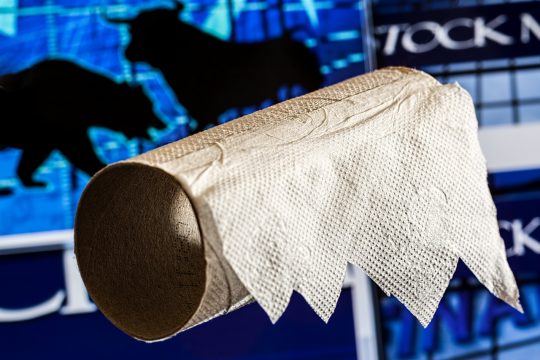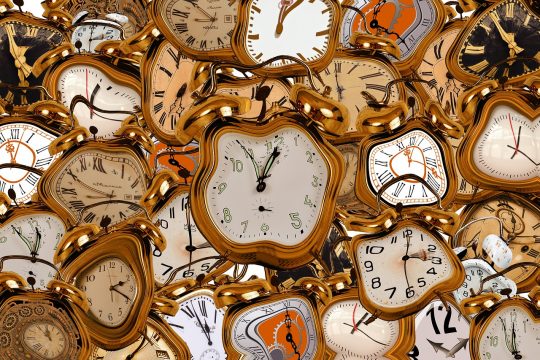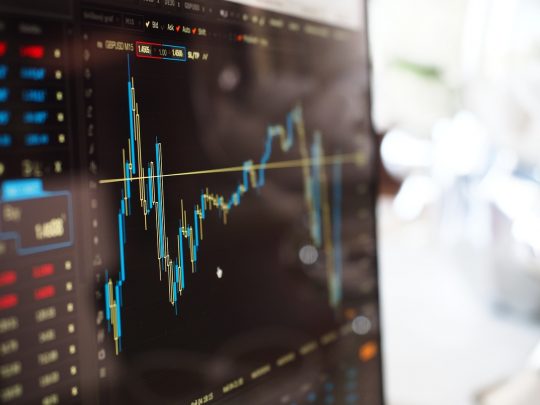 Now that the year is finally over, we can officially say that 2018 was the worst year for stocks in an entire decade. Not since the last financial crisis have we had a year like this, and many believe that 2019 will be even worse. And of course the truth is that stocks are still tremendously overvalued. Stock valuation ratios always return to their long-term averages eventually, and if the Dow Jones Industrial Average plunged another 8,000 points from the current level that would begin to get us into that neighborhood. Unfortunately, the system is so highly leveraged that it will not be able to handle a price decline of that magnitude. The relatively modest drops that we have seen already have caused a tremendous amount of chaos on Wall Street, and a full-blown meltdown would quickly result in a nightmare scenario potentially even worse than what we experienced in 2008.
Now that the year is finally over, we can officially say that 2018 was the worst year for stocks in an entire decade. Not since the last financial crisis have we had a year like this, and many believe that 2019 will be even worse. And of course the truth is that stocks are still tremendously overvalued. Stock valuation ratios always return to their long-term averages eventually, and if the Dow Jones Industrial Average plunged another 8,000 points from the current level that would begin to get us into that neighborhood. Unfortunately, the system is so highly leveraged that it will not be able to handle a price decline of that magnitude. The relatively modest drops that we have seen already have caused a tremendous amount of chaos on Wall Street, and a full-blown meltdown would quickly result in a nightmare scenario potentially even worse than what we experienced in 2008.
For investors that had become accustomed to large gains year after year, 2018 was a brutal wake up call. The following comes from Fox Business…
2018 may be remembered as the year the Grinch stole your retirement or stock investment account.
December was the worst month for the Dow Jones Industrial Average and the S&P 500 since 1931, as tracked by our partners at Dow Jones Market Data Group. The S&P 500, the broadest measure of stocks, lost 9 percent and the Dow over 8.5 percent.
For the year, stocks turned in the worst performance since 2008.
According to the bulls, this wasn’t supposed to happen. In the middle of the year, they were projecting that a “booming” U.S. economy would continue to drive stock prices higher, but instead we just witnessed the worst three month stretch for stocks since the 4th quarter of 2008, and the month of December was the most painful of all…
December was a particularly dreadful month: The S&P 500 was down 9% and the Dow was down 8.7% — the worst December since 1931. In one seven-day stretch, the Dow fell by 350 points or more six times. This year’s Christmas Eve was the worst ever for the index.
The S&P 500 was up or down more than 1% nine times in December alone, compared to eight times in all of 2017. It moved that much 64 times during the year.
Not even in 2008 did we have a December like this. This was the second worst December for the Dow Jones Industrial Average ever, and you know that things are getting bad when you have to go all the way back to the Great Depression of the 1930s to find a time when stock prices were deteriorating more rapidly.
The amount of stock market wealth that has already been wiped out is absolutely staggering. For example, Facebook CEO Mark Zuckerberg’s net worth plummeted by 20 billion dollars in 2018…
American billionaires saw the biggest loss this year, collectively dropping $76 billion, largely because of December’s market rout. Mark Zuckerberg saw the sharpest drop in 2018 as Facebook Inc. veered from crisis to crisis. His net worth fell nearly $20 billion, leaving the 34-year-old with a $53 billion fortune.
And this was not just a U.S. phenomenon. Virtually every major stock market around the world was hit extremely hard, and a total of nearly 12 trillion dollars in global stock market wealth was wiped out over the course of the year.
The only time when more stock market wealth was wiped out in a single year was in 2008.
Are you starting to understand the magnitude of the crisis that has now erupted?
Of course the mainstream media continues to insist that this is just a temporary thing, and that markets will begin surging again soon as investors start scooping up stocks at “bargain prices”. For example, just check out this excerpt from a CNBC article that was posted on Monday…
John Stoltzfus, chief investment strategist at Oppenheimer Asset Management, said these declines are “setting the stage for upward surprises in 2019.”
“With what we believe to be almost all but the kitchen sink priced into current valuations, we see opportunity for multiples to return to levels seen at the end of the third quarter … with multiple expansions resulting in a global equity rebound in the coming year,” Stoltzfus wrote in a note.
It sure would be nice if the optimists are correct. Even for those that are relatively poor, the truth is that we live very comfortably in the United States today. The vast majority of us really have nothing to complain about, because we are enjoying a standard of living that is substantially higher than almost everyone else in the world.
Of course we don’t actually deserve this standard of living, but most Americans don’t want to hear that. We consume far more than we produce, and only by going into increasingly absurd amounts of debt are we able to keep the game going.
It is easy to say that this bubble will inevitably burst, but it will be a very sad day when it does.
Those that gleefully look forward to the coming collapse of our financial system do not really understand what we will be facing. It won’t be like 2008 when the authorities were able to patch things together and fairly rapidly restore our standard of living. When this thing finally shatters, nobody is going to be able to put the pieces back together like they were before ever again.
This is a very dark time. As I have stressed repeatedly, the elements for a “perfect storm” have been rapidly coming together, and 2019 is going to look a whole lot different than 2018 did.
 About the author: Michael Snyder is a nationally-syndicated writer, media personality and political activist. He is the author of four books including Get Prepared Now, The Beginning Of The End and Living A Life That Really Matters. His articles are originally published on The Economic Collapse Blog, End Of The American Dream and The Most Important News. From there, his articles are republished on dozens of other prominent websites. If you would like to republish his articles, please feel free to do so. The more people that see this information the better, and we need to wake more people up while there is still time.
About the author: Michael Snyder is a nationally-syndicated writer, media personality and political activist. He is the author of four books including Get Prepared Now, The Beginning Of The End and Living A Life That Really Matters. His articles are originally published on The Economic Collapse Blog, End Of The American Dream and The Most Important News. From there, his articles are republished on dozens of other prominent websites. If you would like to republish his articles, please feel free to do so. The more people that see this information the better, and we need to wake more people up while there is still time.



